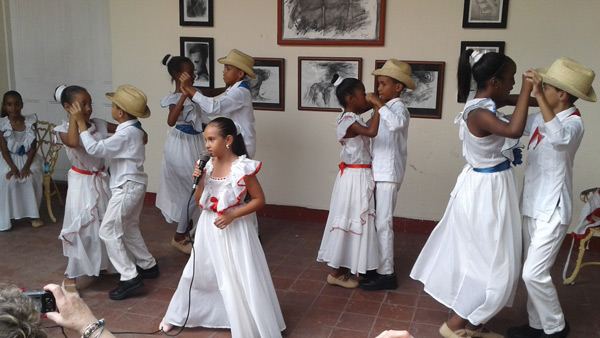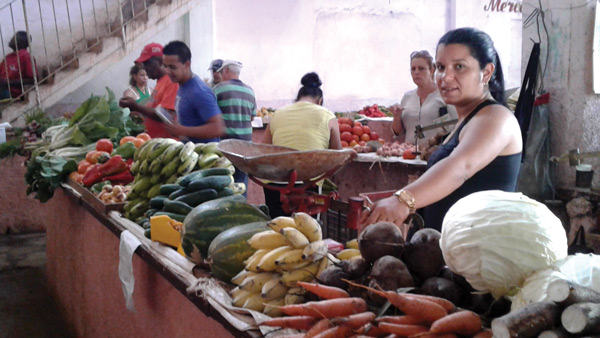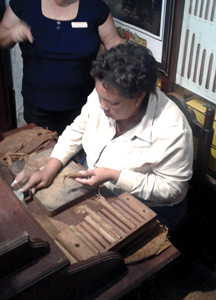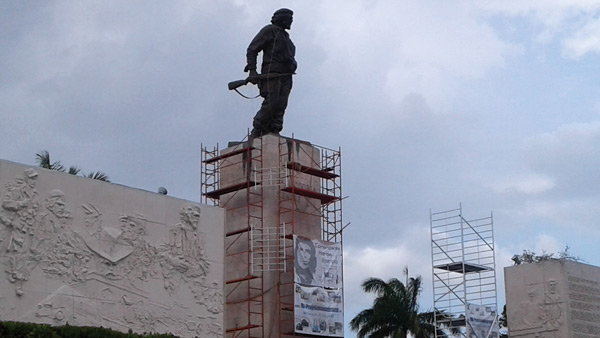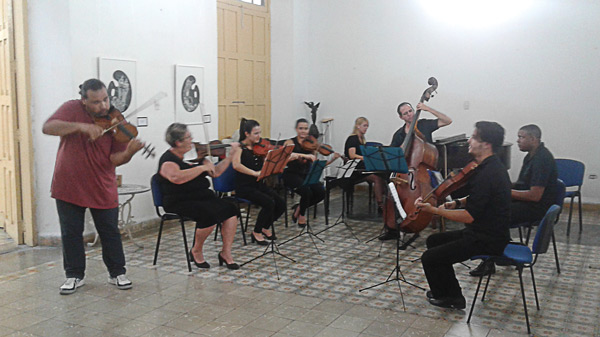Guatemala & Cuba Ties
Guatemala and Cuba have ties that go back to the first arrivals of the Spanish to Guatemala in 1524.
The conquerors used Cuba as a stepping stone to access Mexico and a greater part of the New World. Guatemala’s conqueror, Pedro de Alvarado, had been in Mexico with Cortes.
After finding very little gold in Guatemala, an export economy was set up to send valuable agricultural products – including chocolate – to the Spanish Old World. Products were sent through the Guatemalan Caribbean to Havana and onward to Seville, Spain. Since English and Dutch pirates were a constant menace, passengers would take the land route from Guatemala to Oaxaca and Veracruz and then take a boat to Havana to meet the fleets with the Spanish Armada. Isolated? Trips back and forth from Santiago de Guatemala could take three years. Meanwhile, Cuba became the Spanish Crown’s jewel in the New World in part due to its privileged geopolitical position and was well visited by travelers.
Many other ties appear over history. Jose Martí is Cuba’s national hero with statues of him in many Cuban plazas. Well known as one of Latin America’s greatest intellectuals, Martí was also in Guatemala in 1877 where he continued to write essays, lectures, the play, “Patria y Libertad” (Drama Indio) and published the article “Los codigos nuevos” (The New Laws).
His poem, “La Niña de Guatemala,” is mentioned in Cuba today. He was appointed head of the Department of French, English, Italian and German Literature, History and Philosophy at the Universidad Nacional (now the Universidad de San Carlos de Guatemala) and lectured at the Teatro Cooln with the Sociedad Literaria El Provenir.
In 1878, he published his book, “Guatemala.” Martí returned to Cuba and is well known as a political activist, including his efforts in the Cuban War of Independence from Spain.
The Argentine, Ernesto “Che” Guevara, a medical doctor who later fought in the Castro-led revolution of 1958-59, was also in Guatemala in 1953. Guevara joined an armed militia organized by the Communist Youth, later returning to his medical duties.
Following the coup of the democratically elected Arbenz government, he was marked for assassination and sought protection inside the Argentine Consulate until he later received a safe-conduct pass and went to Mexico.
The overthrow of the Guatemalan government in 1954 and establishment of the Castillo Armas dictatorship cemented Guevara’s view of the United States, which certainly affected his work later in Cuba, Bolivia and other countries.
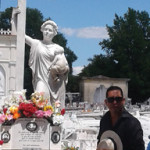
Fabulous local Cuban Guide describes the folklore at the Cristobal Colón cemetery in Havana – rich with marble art on the mausoleums.
While there are many similarities, one also notices differences. In Guatemala, we have an abundance of churches. Not so in Cuba. There are relatively few Catholic churches in Cuba although religion was never prohibited in the country – no, not even with the changes brought about after 1959.
Today, it is estimated that only 2-4% of Cuba is Roman Catholic, although other religions are also baptized in the Catholic Church, and inhabitants are Jewish, Muslim or practice Santería and other forms of spirituality, as just about every religious group arrived on the well-located island.
Guatemala’s towns revolve around a Catholic church in all of plazas and Protestants and Jews did not arrive until 1871. Ah yes, both countries have been visited many times by the popes from Rome.
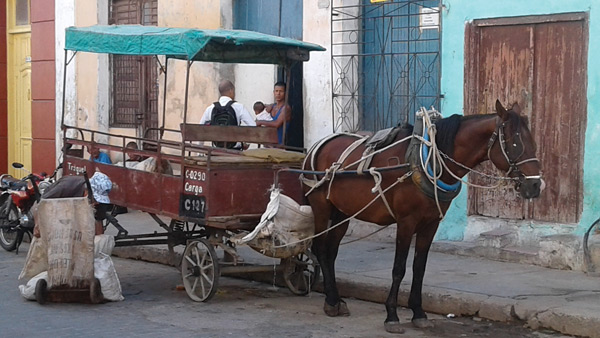
Loading productas at the public market in Cienfuegos – much in the rural areas is carried by horses.
A country is really its people. Cuba’s native population had disappeared 50 years after the arrival of the Spanish. The local tribes did not survive the hard toil imposed upon them. The majority of the Cuban population today is of Afro-American heritage. While it is estimated than the majority of the Guatemalan Maya also died due to hardship and illness, about half of the country is still Maya today, while the Afro-American slaves who came to Guatemala were mostly absorbed into the population.
Revue article: GUATEMALA INSIGHT
by Elizabeth Bell, author/historian. AntiguaTours.net
